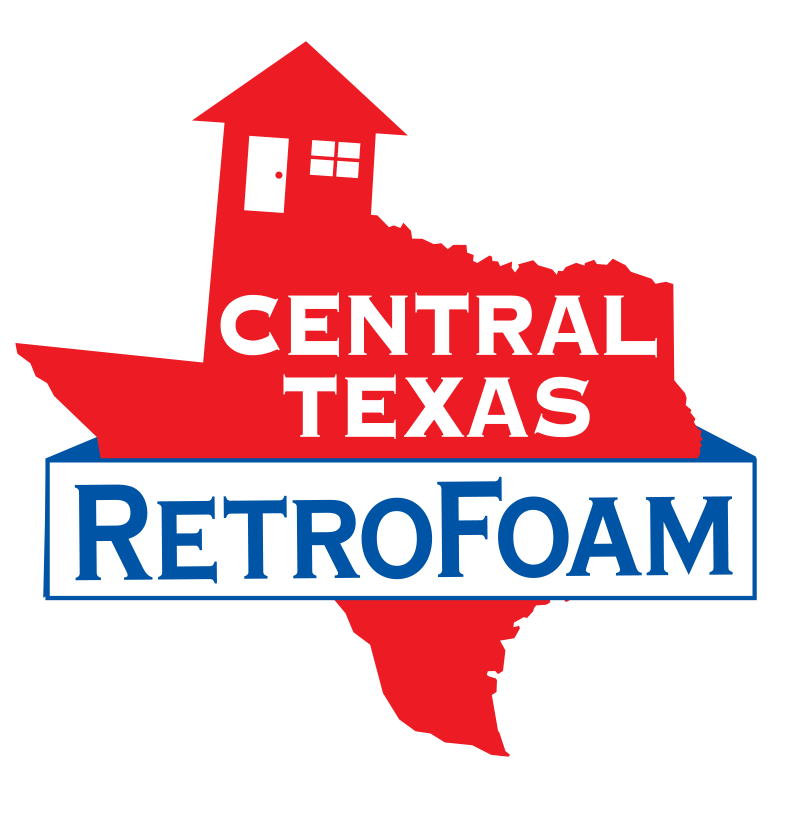Frequently Asked Questions
-
RetroFoam is insulation suited to existing homes that can insulate your walls without needing a complete remodeling project.
-
RetroFoam is superior to other types of insulation, sealing your home and keeping out the air.
-
Both spray foam and injection foam provide insulation, but the installation is much different. Spray foam is installed in open cavities only after removing the existing insulation, requiring more preparation. RetroFoam injection foam installation occurs in enclosed cavities from the outside, which means we won’t need to remove walls or the existing insulation before installation.
-
R-value is the measurement used to gauge how well the insulation can keep heat out. RetroFoam increases your home’s R-value, keeping hot air out and cool air in during the summer. Plus, this will keep your home comfortable in the winter!
-
The length of the installation process depends on the materials we’re working with, but it usually takes a day or less.
-
If you have fiberglass insulation, RetroFoam will compress it during the installation process.
-
RetroFoam insulation installation can reduce your energy bills by up to 50%!
-
RetroFoam forms an air barrier, which fills all of the gaps in your walls and significantly reduces outside noise pollution.
-
Yes. Although the results will be significantly improved if you consider RetroFoam for your entire home.
-
Since RetroFoam is pliable, you can run electrical wire through it.
-
While pests can chew through RetroFoam as they can chew through other materials, they will find it more difficult to find air leaks that allow them to make their way in. As such, RetroFoam serves as a deterrent to pests.
-
RetroFoam insulation is Class 1 Fire Rated. It does not serve as a catalyst in your walls if there were a fire, and when the flame is removed from the RetroFoam, the material self-extinguishes.
-
RetroFoam adds to the value of your home and reduces your energy bills significantly. The higher energy prices go, the more you will save.
-
Less unfiltered air penetration means less dust and fewer allergens, which may mean better health for everyone in your home.
